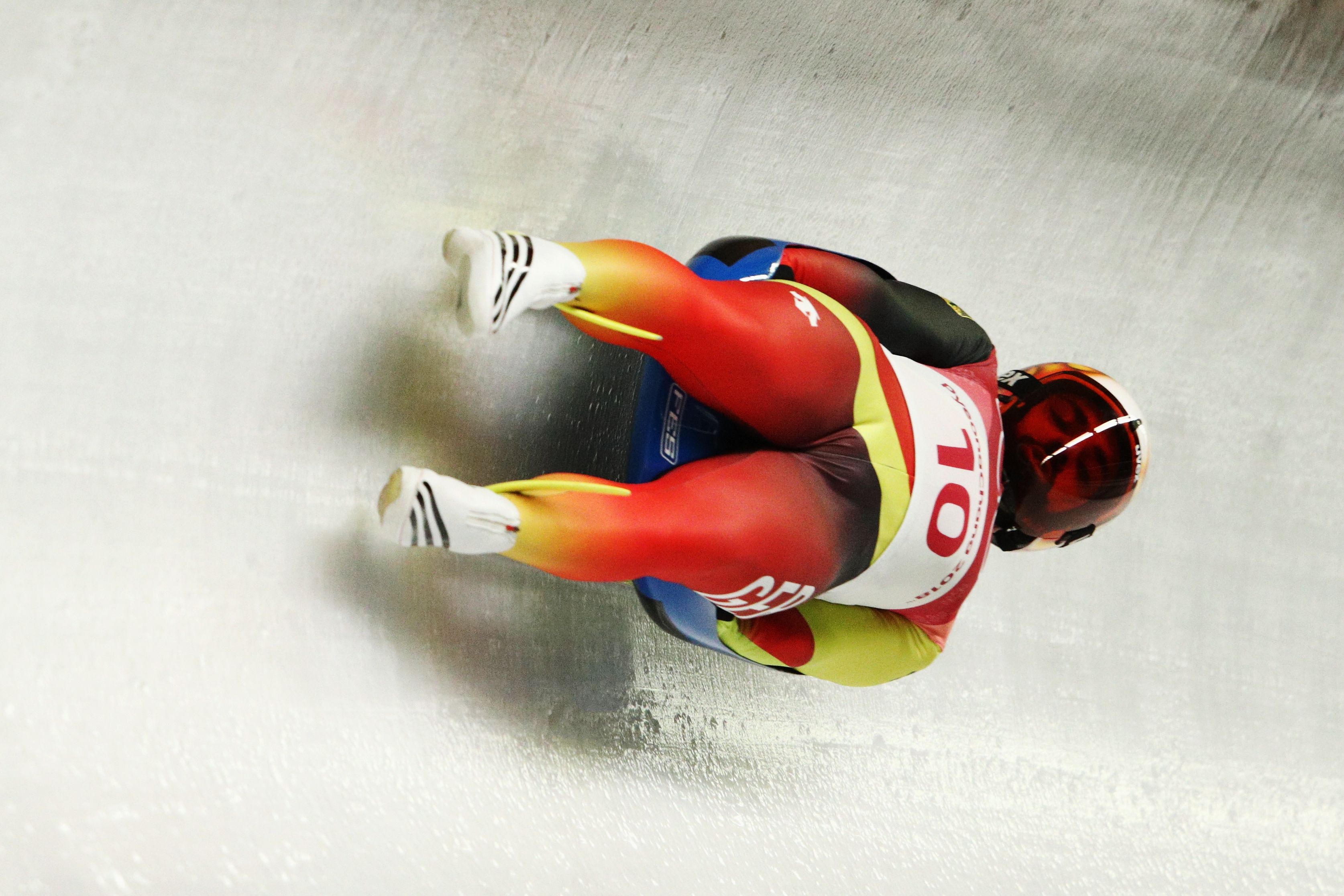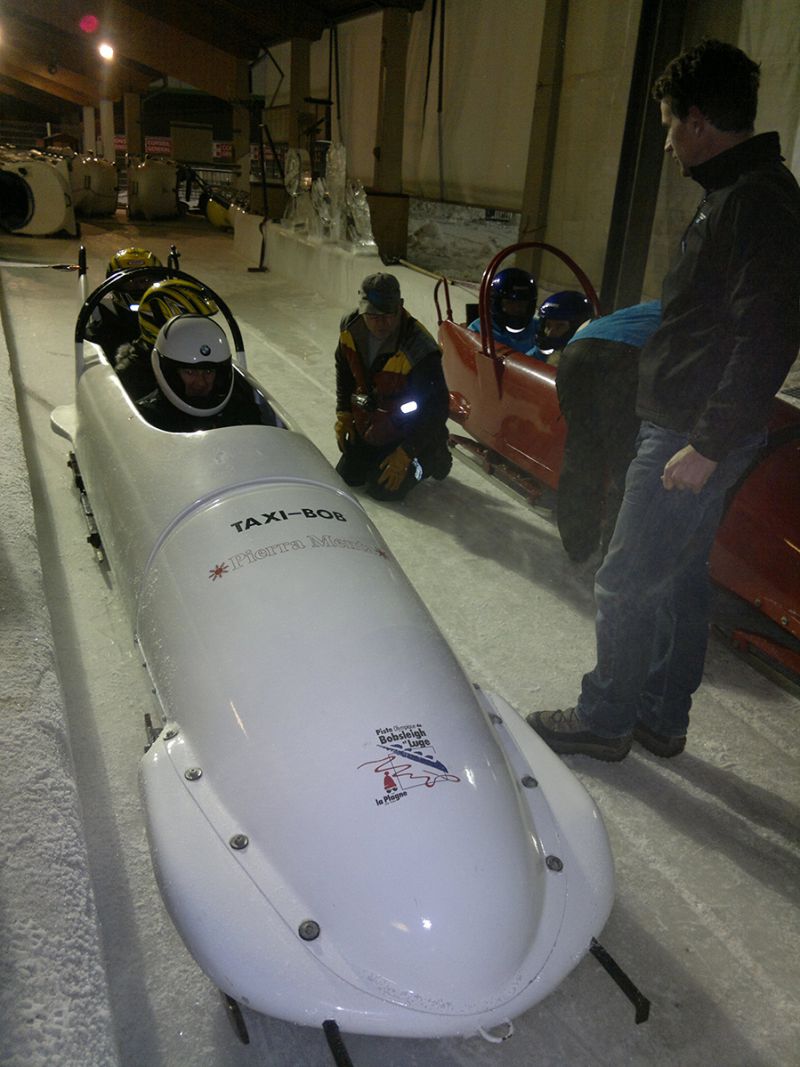
The Princeton, N.J., native was an heptathlete in college and competed in bobsled in graduate school and didn’t make her debut in skeleton until 2016 at age 27. She’s joined by 33-year-old Kelly Curtis, who is making her Olympics debut and finished 18th in the test event. Ultimately, Nikitina’s medal was reinstated in 2018, and Uhlaender, 37, has been a vocal advocate across the Olympic movement for “penalties for countries that skirt doping laws.” She finished fifth in the October test event.

Her best Olympic result was fourth in 2014, when the Colorado natvie just missed the podium after finishing four one-hundredths of a second behind Russia’s Nikitina, who was stripped of her bronze medal in 2017 for doping violations. women are led by five-time Olympics veteran Katie Uhlaender, the 2012 world champion and two-time World Cup overall champion. women competing in skeleton at the 2022 Winter Olympics: In the women’s trials event held during the international training weeks, Germany’s Hermann took the win over teammate and Junior Worlds champion Hannah Neise, with Russian Olympic Committee’s Yelena Nikitina finishing third. It also features 16 curves highlighted by a 360-degree turn, known as a “Kreisel.”

The track is considered long, measuring roughly a mile (1.6 km) and dropping 397 feet in elevation with the steepest section being a fierce 18-percent grade. Skeleton races (as well as bobsled and luge) take place at the Yanqing National Sliding Center on the Xiaohaituo Bobsled and Luge Track, known as “The Snow Dragon.” It’s one of just three tracks in all of Asia and the first of its kind China, built specifically for the 2022 Winter Olympics. How does the skeleton track compare to other venues? The name “skeleton” may be derived from the incorrect translation of the Norwegian word “kjelke,” or “sled,” while others believe it came from the appearance of a new metal sled said to resemble a skeleton. The racers with the lowest aggregate time over all four runs wins. Skeleton and luge are similar in that all competitors get three runs before the field is cut to the top 20 for the fourth and final run. Luge athletes lay with their back against the sled and race feet first down the course with speeds reaching as high as 90 mph. To start a run, athletes are seated in the sled and use their hands to push against the ice and move forward to start their run. Like bobsled, skeleton athletes get a running start before diving onto their sleds, while luge is the only sliding discipline where athletes begin their runs already in the sled. Skeleton is considered the “slowest” of the three sliding sports, which include bobsled and luge, with speeds reaching more than 80 miles per hour as athletes lie prostrate on a small sled and slide head-first down an icy racecourse. What’s the difference between skeleton and luge again? women, On Her Turf offers a head-first look (wink!) at women’s skeleton. MORE SKELETON COVERAGE: Can Narracott hold on to win Australia’s first ever sliding medal?īefore taking a closer look at the other medal contenders, as well as an introduction to the U.S. Germany boasts the medal favorite in four-time world champion Tina Hermann, who won the last three worlds (2019-21) to go along with her 2016 title.

While Germany’s women have captured the last five skeleton world titles, they’re still searching for their first Olympic gold in the women’s competition and are in prime position to capitalize on the retirement of 20 Olympic champion Lizzy Yarnold (GBR). Women’s skeleton celebrates the 20th anniversary since its debut in the 2002 Salt Lake City Winter Olympics, and this year marks the first time the same number of women as men – 25 – will compete in the event.


 0 kommentar(er)
0 kommentar(er)
